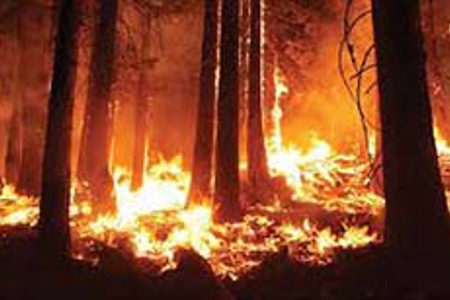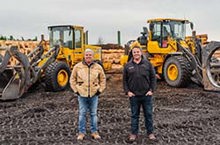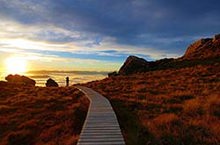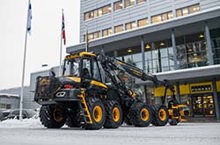
A new report titled Adapting and mitigating wildfire risk due to climate change: extending knowledge and best practice, predicts climate change will significantly increase wildfire risk in New Zealand. It has been released by Scion’s Rural Fire Research Team and Dr Nathanael Melia, Victoria University of Wellington’s adjunct Senior Research Fellow at the National Climate Change Research Institute and director of Climate Prescience.
Highly detailed climate model simulations in the research describe future wildfire danger projections in every 5x5 kilometre grid cell across the country. This has found that for many regions, climate change is predicted to increase the wildfire risk substantially, with an increase in the frequency, severity and season length of fire weather conditions through until at least mid-century, regardless of climate mitigation efforts.
Scion general manager for Forests and Landscapes, Dr Tara Strand, says the risk of wildfire is higher in some parts of the country than others, depending on climate patterns and how densely populated an area is: “Concerningly, the study showed conditions that led to the devastating ‘Black Summer’ fires in Australia during 2019-2020, already occasionally occur in parts of Central Otago, but could become much more frequent with climate change, occurring every three to 20 years in some Mackenzie Country, Central Otago and Marlborough areas.”
The Pukaki and Lake Ōhau fires in 2020 are a devastating reminder of the damaging effects of wildfire events and highlighted the importance of effective fire management planning and tools, she says. The Pukaki fire burned over 3,000 ha and the Lake Ōhau fire burned 5,000 ha and destroyed 48 houses.
Residents living in Mount Iron, a community between Wānaka and Albert Town, 70km from Lake Ōhau, took part in focus groups and interviews in a detailed case study led by senior social scientist Lisa Langer from the Scion Rural Fire Research Team. This focused on the rural-urban interface where residential houses are right next to, or mixed with, rural vegetation.
The study identified both individual and collective actions that need to be taken in their community to mitigate wildfire risk. These included having a designated evacuation route, clearing vegetation and having an early warning system for residents. Some issues were outside of the control of residents, such as restrictions to remove protected native kānuka vegetation around their properties and access for fire trucks on the same one-way evacuation routes for residents.
“The research team worked with local representatives from Fire and Emergency NZ (FENZ), Queenstown Lakes District Council, Emergency Management Otago, Department of Conservation, and the Wānaka Community Board. Following on from this research these agencies have collectively established a Mount Iron Wildfire Risk Reduction Project with community involvement to help support the evaluation and implementation of risk reduction actions,” says Dr Strand.
She adds that the research team reviewed preparations that individuals and communities living in high-risk areas can implement: “In order to provide advice for homeowners to prepare themselves and their homes to reduce their risk from wildfire, best-practice mitigation recommendations from New Zealand, Australia, Canada and the United States were reviewed.”
To read the full report, fire technology transfer note summary and list of mitigation recommendations for homeowners and communities, visit: ruralfireresearch.co.nz









